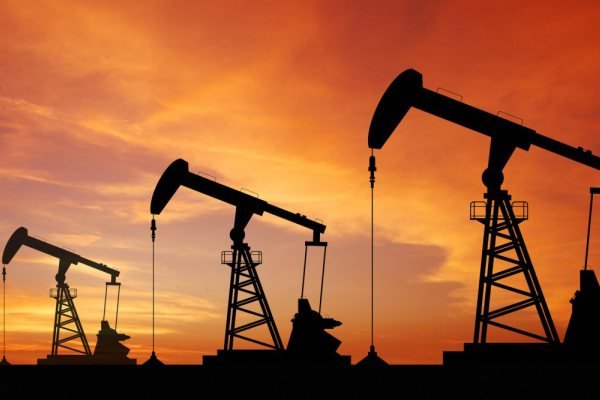Russia/OPEC+ Price War
Let’s start at the beginning. In early March, talks between oil’s two biggest producers collapsed, resulting in Moscow and Riyadh both threatening to drive up production, subsequently lowering the price per barrel by around 25%. Shockwaves rippled through financial markets, causing one of the biggest sell-offs since the 2008 financial crisis. Petroleum and drilling corporations saw the value of their shares dragged down in the process.
Experts predicted that the price war could potentially destroy three years of work to reduce production in less than a month. David Tawil, President of Maglan Capital in New York believes that this clash between the two big oil players will have untold effects across the entire industry, describing future markets as “chaotic” and “overwhelming”. As if to demonstrate this point, Exxon Mobil saw the biggest stock drop in 11 years, whilst shares of Hess, Occidental Petroleum, and Chevron all suffered double-digit losses.
US Intervention
To counter this imbalance between supply and demand, US President Donald Trump announced that his Department of Energy would buy up crude oil for the nation’s strategic petroleum reserve (SPR), saying of the reserve that he would “fill it right to the top”. In response, prices rebounded by around 5%. U.S. West Texas Intermediate prices lifted by $1.61, or 5.1%, to reach $33.13 per barrel, comparable to the international benchmark, Brent crude, which rose by $1.71, or 5.1%, to trade at $34.93 per barrel.
Coronavirus Effect on Demand
With the worst effects of the price war temporarily alleviated, investors breathed a sigh of relief, but then, the effects of Coronavirus began to play out. On Wednesday 18th, crude oil prices plummeted again by a further 24%, the lowest levels since 2002. As the day went on it became apparent that COVID-19 is more than just a flash in the pan. With isolation and lockdowns potentially stretching into the summer or even further, people simply aren’t going to be travelling anywhere. Whether it’s the countless grounded domestic and international flights, or simply the fact that commuters are working from home, the value once held by oil has all but evaporated overnight.
In a move that can only be considered as irresponsible, rather than stabilising the market, Russia has refused to cut production as it continues its plan to drown US shale producers in a flood of cheap crude oil. Meanwhile, Saudi Arabia chose to slash prices and increase production, essentially to spite Russia. Prices are expected to continue to drop.
The Future Outlook
The combination of price war and lack of demand means that it’s a strange time for crude oil trading, with demand forecasts changing by the day. However, a steep drop such as this, could only mean an inevitable, profitable rise at some point in the future. In the meantime, Goldman Sachs conservatively estimates that 2020 demand will drop by 1.1 Million barrels per day, but Rystad Energy says the drop in demand will be closer to 2.8 Million barrels in 2020. They predict April alone will see a demand drop of around 11 Million barrels as travel restrictions begin to take full effect, calling the effect an “atomic bomb in the oil markets”. A big part of this is down to reduced air travel, which is a huge consumer of oil in the form of jet fuel: the number of yearly commercial flights is expected to drop by 20% for 2020.
Michael Lynch, President of Strategic Energy & Economic Research describes the oil market as the worst he has ever seen it. One of the few positives to look forward to is that with demand being so low, the average consumer may well see a large price drop at the pumps, which is sure to be a welcome sight in upcoming times. As far as long term predictions go, most organisations made their forecasts reaching into 2021 and beyond before Coronavirus really took hold of the world and the economy. Eventually, normality will return to the world, and oil demand, and prices will bounce back, but for the coming months, it’s going to be a bumpy ride.
